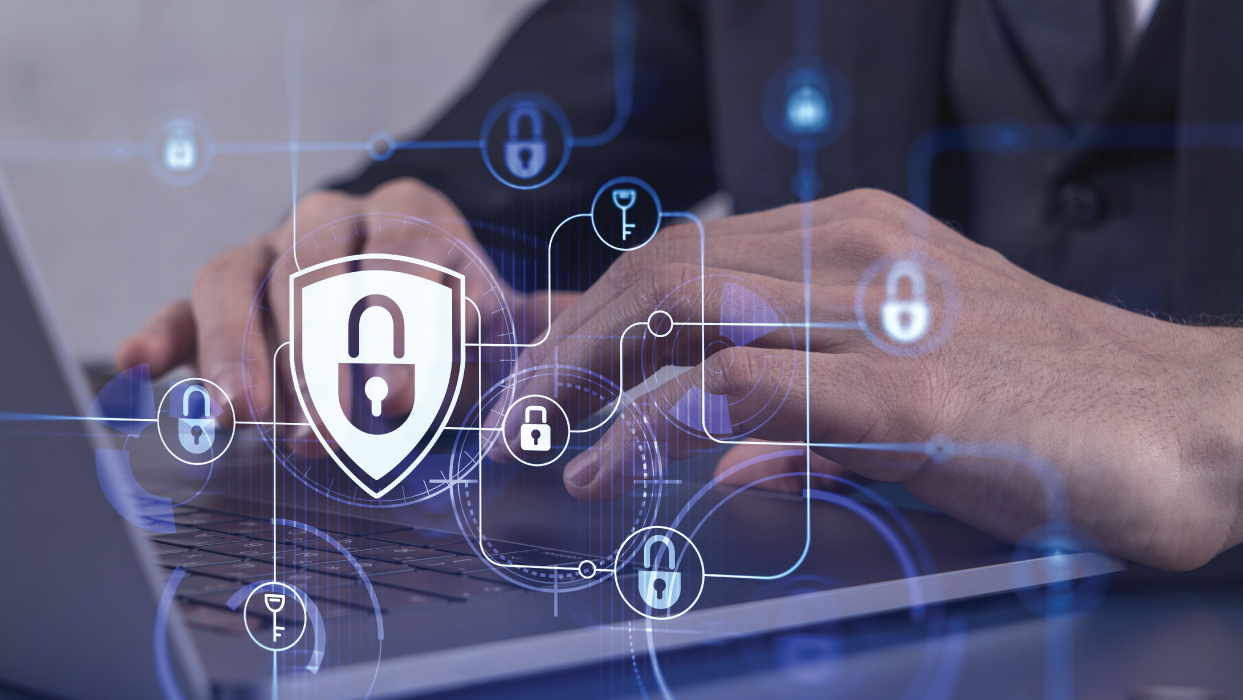Over the last few years, we have seen several tech companies, such as Buffer, Todoist and Help Scout, to name a few, switch to a fully remote or partial work setup. Most of these companies spent months preparing for the switch by training their employees, setting up remote work policies and ensuring the necessary infrastructure was in place to deal with cybersecurity threats.

However, many companies were forced to make the switch overnight when COVID-19 hit. Very few got the chance to fully prepare themselves, which left them more vulnerable to cyberattacks and data breaches. And this is exactly what cybercriminals are capitalizing on.
According to the FBI, daily cybersecurity complaints increased from 1,000 to 4,000 during the COVID-19 pandemic. With DDoS, Malspam, ransomware and phishing attacks on the rise, failing to secure your remote workforce makes you a sitting duck for cyberattacks.
Risks and consequences of not updating your security protocols and training programs
For starters, your existing protocols and training programs were created in a pre-pandemic world. However, things have since changed drastically. Now, employees access critical company data through connections and devices that are beyond your control, making your company more vulnerable to cybersecurity threats than ever.
Failure to update company security protocols and training programs could lead to the following consequences:
How can you secure your remote workforce?
To protect your company against cyberattacks and data breaches, you need to constantly evolve and grow to stay one step ahead of cybercriminals. The moment you lower your guard, there’s every chance a nefarious cybercriminal will look to exploit any vulnerabilities. And with most of your employees working remotely, it won’t take much to breach your defenses. In fact, all it could take is a password shared publicly on a team chat app, an accidental click on a phishing link, or confidential company information accessed through a public Wi-Fi connection.
This is why you need to have a new IT Policy in place that directly addresses remote workforce requirements. Apart from that, you must ensure all employees receive additional security training.
Personal device security
If your company allows employees to work using their personal devices, it is your responsibility to ensure they are of a minimum standard. You must clearly define what is permissible and what is not — the type of devices, operating systems, applications and websites that can be accessed.
Besides that, give your employees a list of all security, remote access, VPN and other tools they need to install before they start. Your employees should also be aware of the level of access/control you have over their devices, the type of technical support you can provide and the company’s right to wipe/alter the devices.
Network security
Public Wi-Fi and home Wi-Fi networks are nowhere near as secure as the LAN connection in your office. That’s why you must enforce minimum-security standards to ensure employees don’t put company data at risk. Define everything from Wi-Fi encryption standards, Wi-Fi password difficulty, network security software, router safety guidelines and the types of devices that can be connected to the same network.
Also, the use of public Wi-Fi must be actively discouraged. In case an employee has no other alternative, give them a list of essential safety guidelines that they need to follow — secure connection, WPA3 compliance, websites to avoid and so on.
Cybersecurity training programs
Due to this sudden migration to a remote work setup, IT teams in most organizations are stretched beyond their limits. They have to take care of support requests and make sure data and digital assets are safe and secure. This is why you need to make sure your employees get adequate cybersecurity training and are equipped to deal with common and emerging cyberthreats.
The training program must include everything from password management, using multifactor authentication, identifying phishing and ransomware attacks, guarding personal devices against cyberattacks, operating/updating security software, configuring Wi-Fi, setting up VPNs, email usage, reporting/responding to cyberattacks and much more.
Time to strengthen your first line of defense
Cybercrime is on the rise across the world. The ongoing economic downturn is only going to make things worse. That’s why you need to ensure everyone in your organization has their guard up at all times.
Data Sources:
https://www.zdnet.com/article/fbi-says-cybercrime-reports-quadrupled-during-covid-19-pandemic/
Nexusguard Q2 2020 Threat Report
2020 SonicWall Cyber Threat Report



